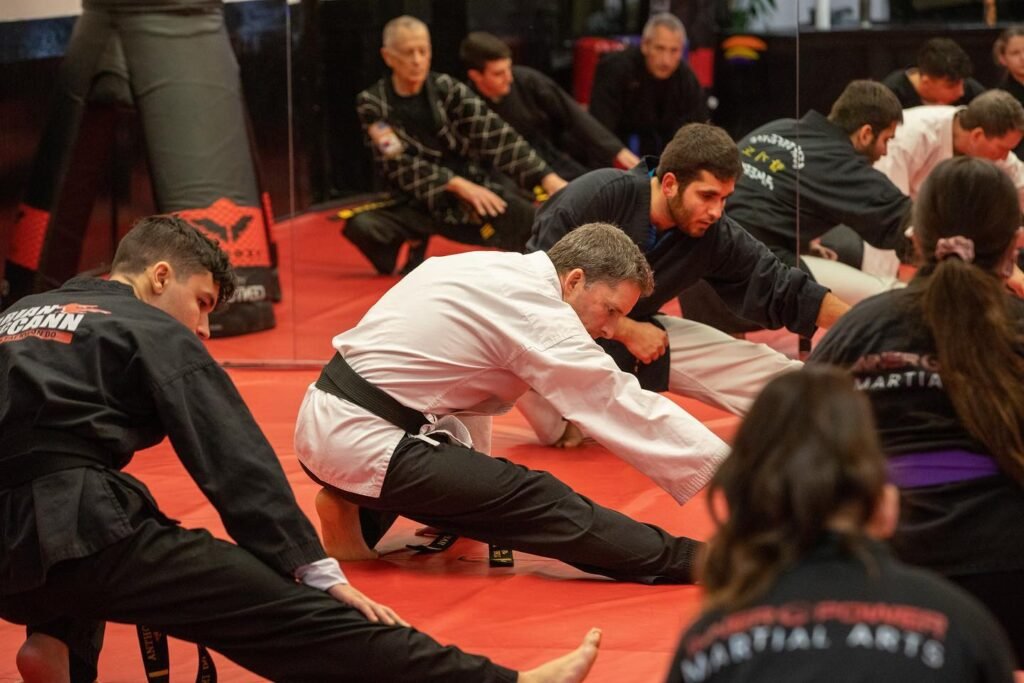I graduated from South Plainfield High school in 1990 and after years of being a competitive wrestler, I decided to undertake something new that I’ve always wanted to do since I was a young kid; martial arts!
Growing Up
My parents were never a big fan of signing me up for Karate lessons. I have two brothers – Irish triplets, lol. We are all about 18 months apart (I’m in the middle). There was a lot of fighting, wrestling, and roughhousing in my house growing up. My mother felt that martial arts would make us fight more and become violent. That was a misconception back in the 1980s and still is today, to some extent.
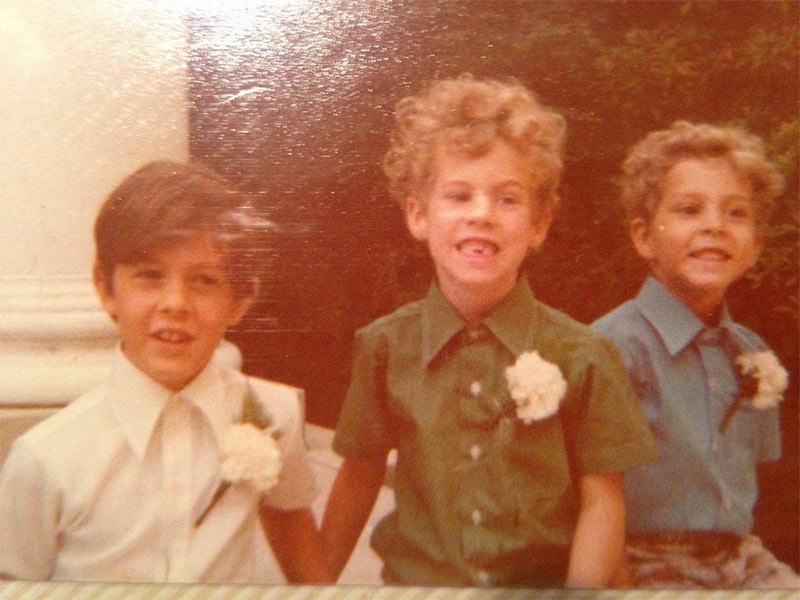
While growing up, after watching cartoons on Saturdays, I would spend the afternoon watching kung fu theater on the USA Network. I was a huge Bruce Lee fan! ‘Game of Death’ and ‘ Enter the Dragon’ are my all-time favorites! I would watch martial art movies over and over and often imagine what it would be like to someday be a master just like them. I had a VHS copy of the original ‘Karate Kid’ and watched it so many times the tape wore out!
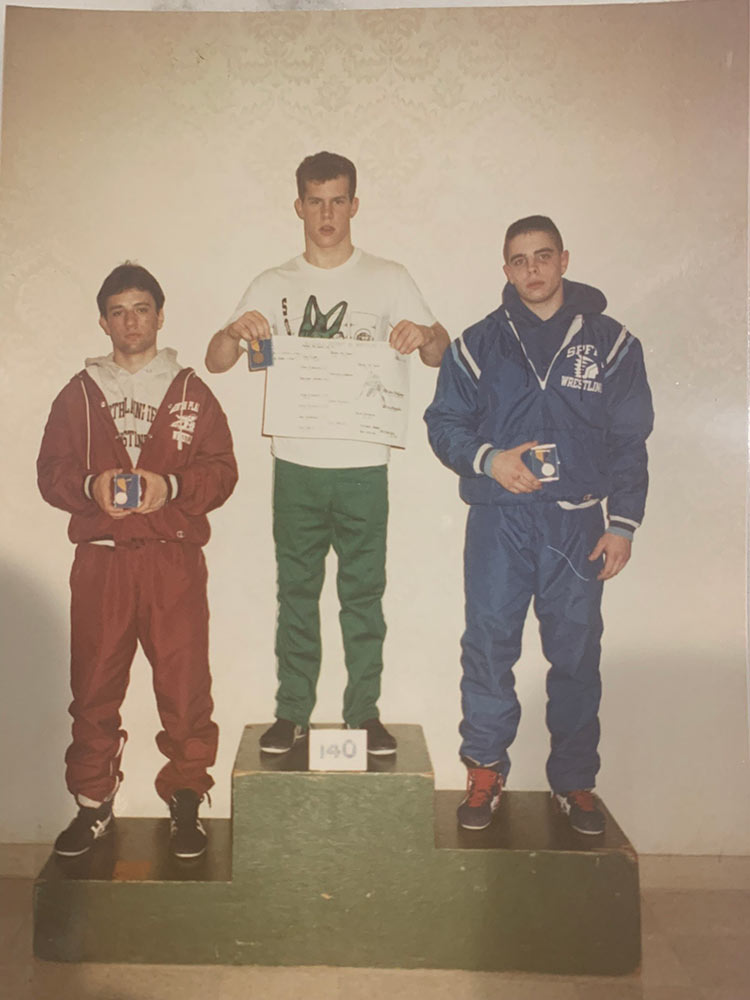
Taking The Next Step
After high school, I had my own job and was going to technical school. I decided that it was time to look for a martial arts school for myself. Steven Segal was really big at the time and his movies were different. A lot of close-quarter fighting, with throws and joint locking. I can still remember the first time watching “Marked for Death” and being totally amazed. His martial art was a Japanese art called Aikido and was not really known at the time.
I learned later that Aikido is a sister art to indigenous Korean martial arts, Hapkido. Both have roots in Japanese Datu Ryu Aiki Jujitsu and traditional Korean kicking techniques.
Taekwondo To Hapkido
At that time there was no internet, so I opened up the big yellow pages phone book and look up karate schools in the area. I grew up in Middlesex County in New Jersey and there were only a few different schools at that time, but none of them were really close to my house. I started out learning taekwondo at a school a few miles away where one of my friends was also taking classes.
I really enjoyed the sparring aspect of Taekwondo, being young and still competitive, but once a week we would practice self-defense and the teacher called the movements Hapkido. This sounded similar to Steven Segal’s Aikido, so why not?
Because of my wrestling background I really excelled and was able to learn these movements quickly. I soon found that I enjoyed it much more than practicing forms or kata and even actual sparring. This led me to a deep desire and inspired me to quest to find a school whose main art was Hapkido. I went back to the Yellow Pages and found a Dojang (the Korean name for martial arts school similar to Dojo for Japanese arts) in Westfield that was 100% Hapkido.
Beginning My Training
After my first visit to this studio… I was immediately hooked. This was exactly what I was looking for. This school taught a traditional form of Hapkido that focused on joint locking and throwing. There were devastating kicking techniques similar to the ones I was learning in Taekwondo. I stayed and learned a lot until I got married and moved to Jackson in 1995.
It didn’t take me long to find a school in Brick that taught Hapkido and I felt like this was meant to be. It was a different Kwan or style of Hapkido called Chon Tu Kwan or ‘Combat Hapkido’. It was very similar to the traditional Hapkido I was learning except that it didn’t have any of the high flashy kicks or breathing techniques I originally learned.
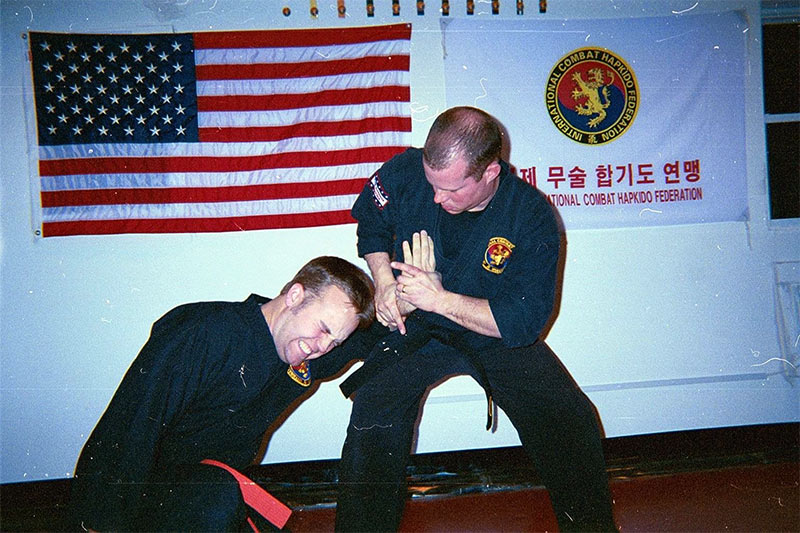
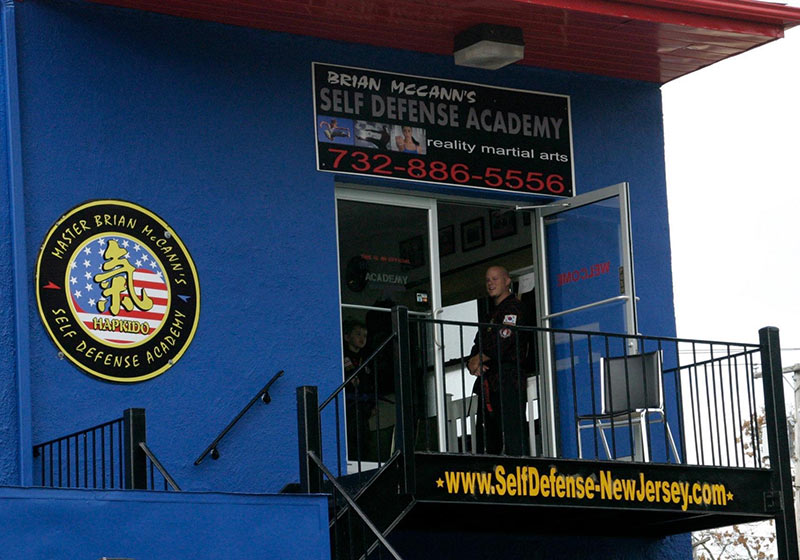
I was very happy to have discovered it and so my training continued. I was involved in the International Combat Hapkido Federation for many years, receiving my 1st through 4th-degree black belts. I opened my own Martial Arts school teaching Hapkido in the early 2000s, while teaching a few hard-core students from my garage. In 2005 I open up Inner Power Martial Arts teaching Hapkido as an effective method of self defense in Howell, NJ.
Jungki Kwan Hapkido
In 2007 I was introduced to Jungki Kwan Hapkido through Master Mike D’Aloia. This style of Hapkido seemed much, much different than the two other styles I learned, and I was immediately intrigued. It wasn’t flashy at all, the movements were much smaller as far as the circles go. It is extremely effective and answered a lot of questions I had about certain techniques.
Already a 4th-degree black belt, I decided to dedicate myself to learning this original, orthodox Hapkido as it was taught by Hapkido’s founder, Choi young Sul. Much like a dancer who studies classical ballet to make their modern dancing better, I did it the hard way, choosing to learn each and every belt level and technique, not receiving any cross ranking (which is unfortunately common in martial arts). For the next 14 years, I spent learning and teaching Junki Kwan Hapkido with Master Mike. I spent countless hours learning directly from him while traveling to his school, Iron Eagle Hapkido in Pompton Lakes, NJ.
I remember a few years back, I had Master Mike as a guest instructor for my students in Howell. When we were finishing the class he said “now bow to Kwan Jang nim (Korean for School Master) and he had the students bow towards me. That was the moment I realized that what I had visualized as a young kid growing up in the 80s had come true. I’m a huge believer in Visualizing and positive thinking.
Final Thoughts
A lot of people in martial arts get caught up with titles, trophies, and ranks. For me, it was always about, and always will be about, learning the knowledge that is passed on from other masters. It is with great honor and gratitude that I accepted the title of Kwan Jang Nim or Master, and with that comes the great responsibility of passing on true Hapkido and all I’ve learned from the great teachers I’ve had over the years.
Challenge accepted!
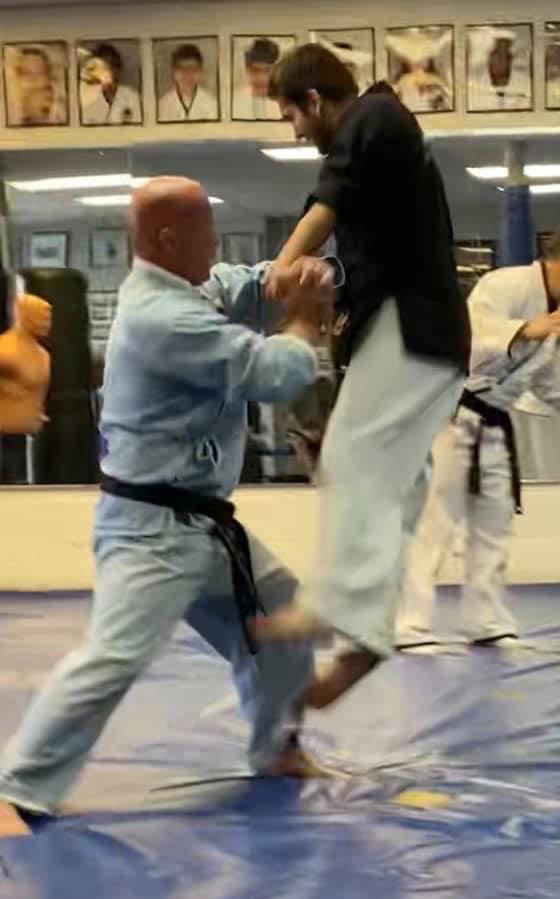
Want To Start Your Journey With Learning Martial Arts? Call 732-886-5556 or Contact Us Now
Frequently Asked Questions
Q: How is Myung Jae-nam related to the Korean art hapkido?
A: Myung Jae-nam is the founder of Hapkido. He was born in 1920 in Korea. After a stint in the military, he started teaching martial arts to civilians and eventually developed his own style, which he named Hapkido. Hapkido means “the way of coordinating energy.” He was a major contributor to martial art history and modern Hapkido of today.
Q: What is the Korea Hapkido Association?
A: The Korea Hapkido Association is one of the main governing organizations for Korean Hapkido in South Korea. It was founded in 1957 by Choi Yong-sool, and is headquartered in Seoul.
The KHA oversees all aspects of Hapkido training and teaching within South Korea, and is responsible for regulating the standards and practices of Hapkido instruction throughout the country. All major schools and organizations within South Korea are affiliated with the KHA.
Q: How is Kim Moo-hong connected to martial art education?
A: Kim Moo-hong is a legendary martial artist who is best known for his Taekwondo techniques. He was born in South Korea and started training in martial arts at a very young age.
Over the years, he has become one of the most respected masters in the field and has taught many students who have gone on to achieve great success in martial arts competitions. He currently runs his own martial art school where he teaches Taekwondo and other martial arts disciplines.
Q: Who is Grandmaster Ji Han-jae?
A: Grandmaster Ji Han-jae is a world-renowned martial artist and one of the highest ranking Hapkido instructors in the world. He is best known for his expertise in the martial art of Taekwondo, but he has also studied and taught a variety of other martial arts.
Grandmaster Ji has been teaching since the early 1960s, and has been credited with helping to spread Taekwondo throughout the world. He has served as president of the World Taekwondo Federation and the International Taekwondo Federation, and is currently chancellor of the World Traditional Taekwondo Union. Grandmaster Ji is widely considered to be one of the most influential figures in modern Taekwondo.


